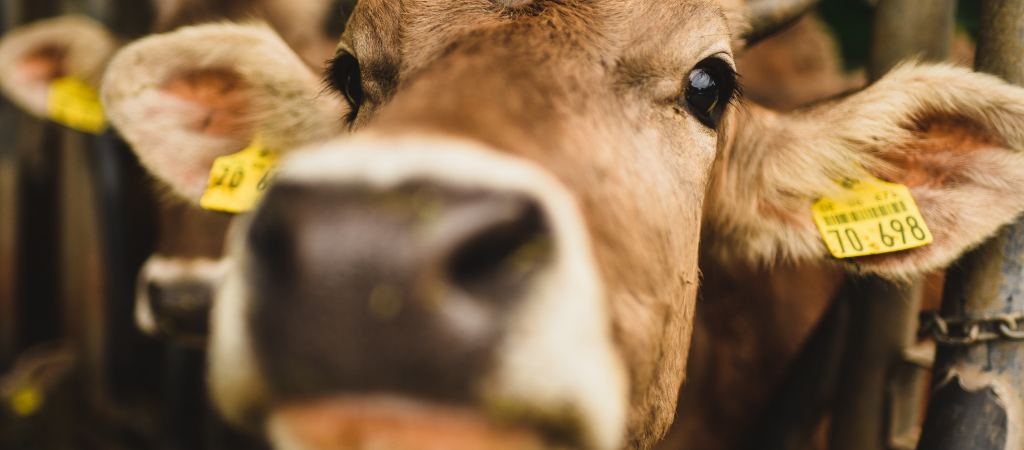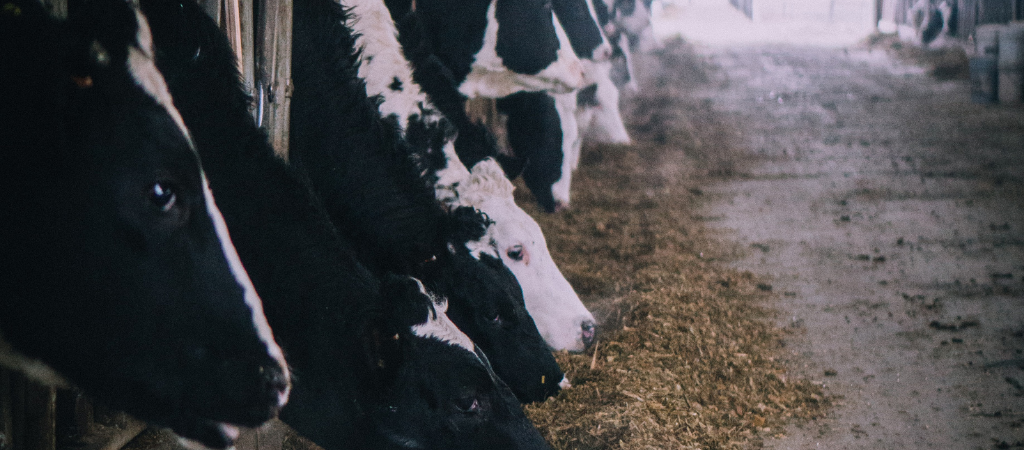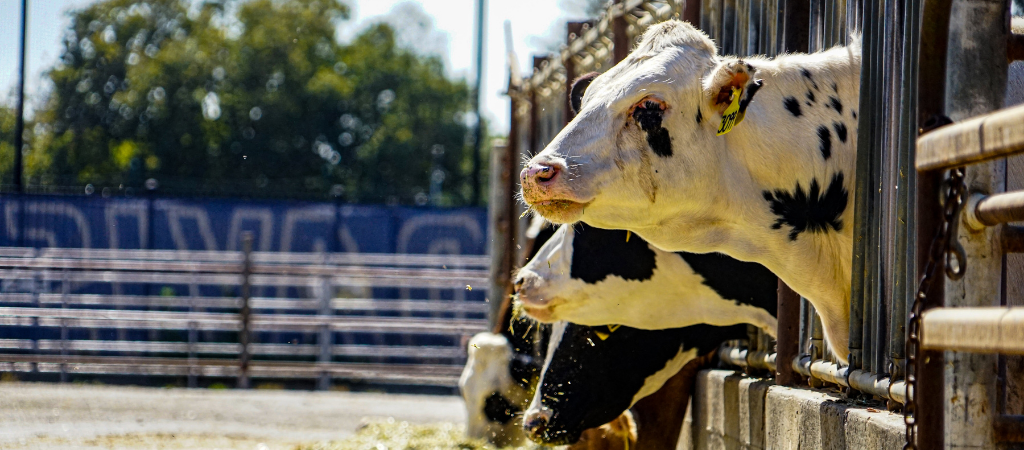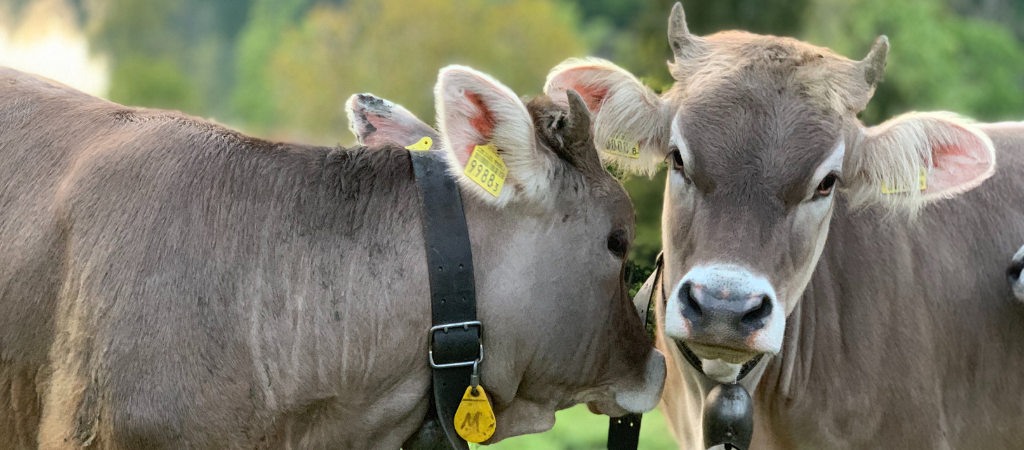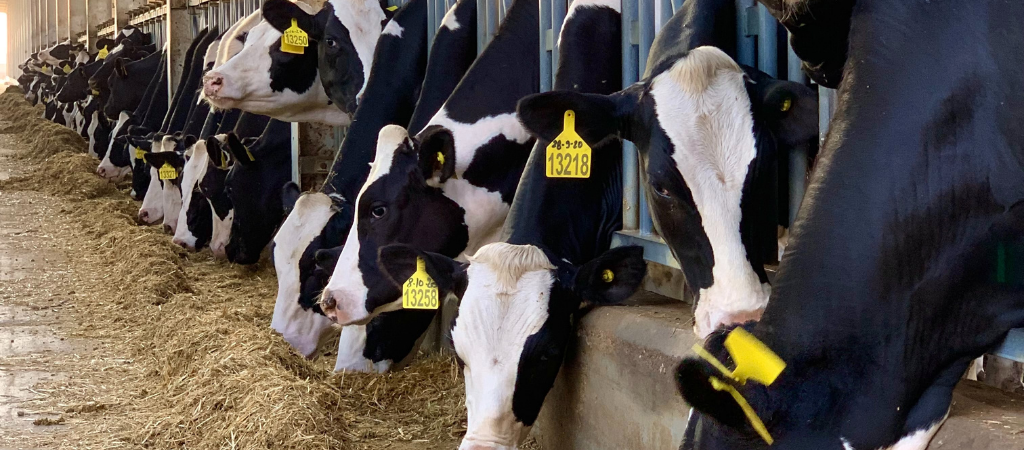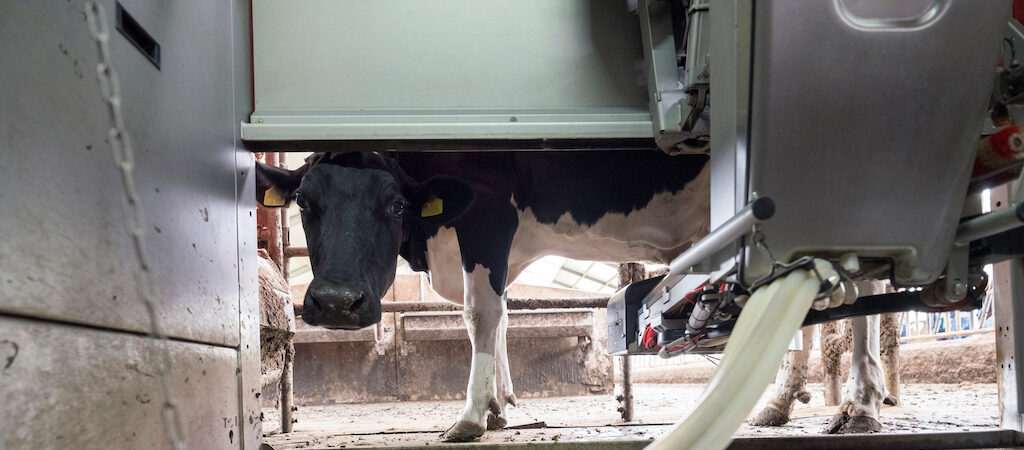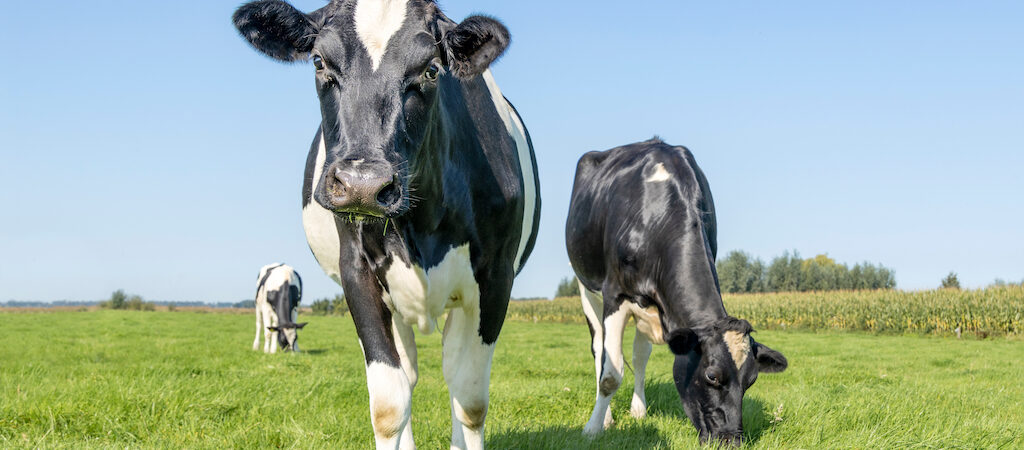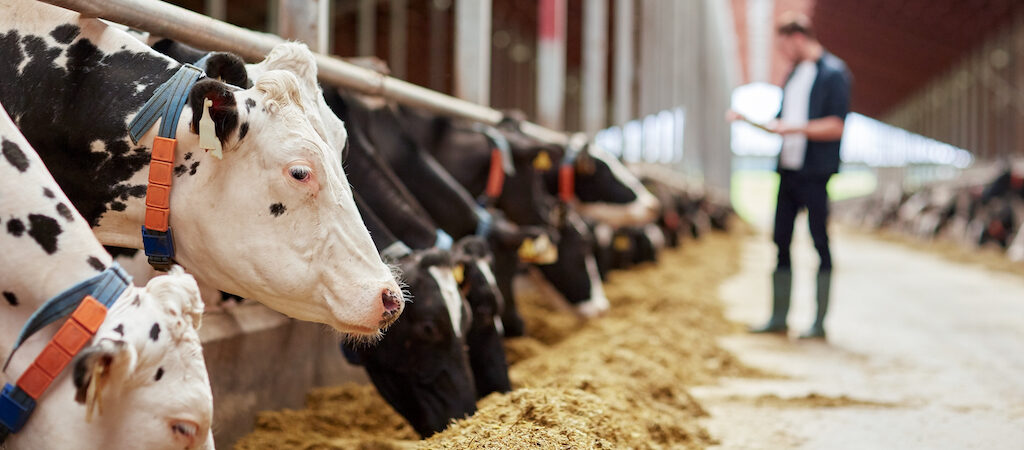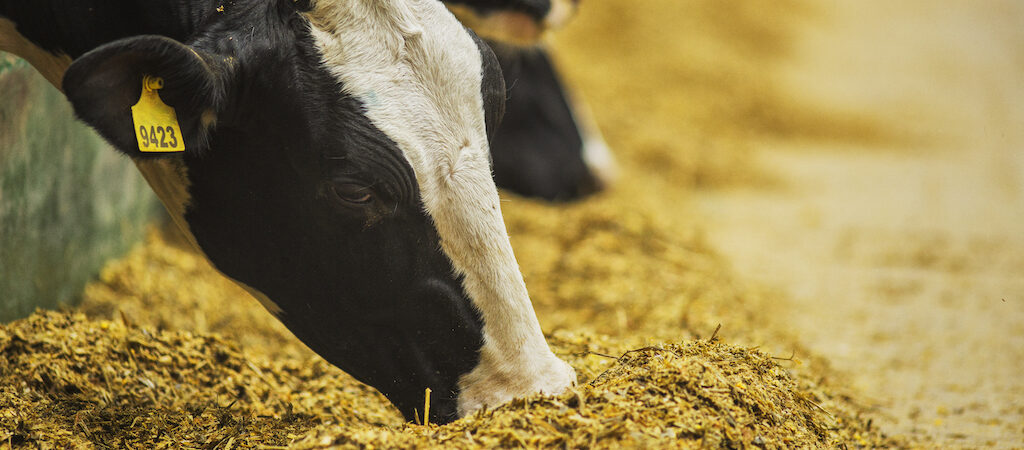How can we reduce antibiotics used to treat uterine diseases? We need to reduce the occurrence of diseases. The answer is quite simple, but the process to achieve this goal is challenging.
The prevention of diseases is far more effective than treating dairy cows, and, in case of uterine disease, great attention must be paid to the transition period. Reproductive disorders are in the top list of disease that contribute to production loss, cost increases, affected animal health and welfare, reduced efficiency in dairy cattle.
As we saw recently1, the cow can rely on intrinsic complementary strategies to tackle uterine infection. However, much depends on how she responds to infections, in addition to the type of pathogens involved.
To help the cow in the defense process, we must reduce the risks of contamination at calving. Sanitation procedures are essential, as we need to ensure clean cows, clean calving areas, non-contaminated obstetrical tools, high personal hygiene, high levels of assistance during parturition.
Fresh cows naturally experience a major susceptibility to infections as their immune system is stressed by the calving event. To further reduce the stress load, in addition to a clean environment and assistance, we must ensure a comfortable environment and sufficient energy intake, both for macro- and micronutrients2.
Concerning uterine disease detection after calving, observing the cow’s behaviour2 and looking at visible vaginal discharge3 represent effective strategies for a prompt intervention.
Finally, how to intervene? It depends, as deciding for an antibiotic treatment must not stem from just one sign (fever alone, vaginal discharge alone, and so on), but the combination of different warning signs.
The therapy decision-making process comes as a result of trained employees able to identify systemic changes at cow level (decreased milk production, cow sick and suffering, reduced feed intake, other visible sign), involvement of the herd veterinarian and awareness of the need to make changes in prevention protocols.
All these considerations, and, particularly, the knowledge and expertise of the veterinarian, will allow the proper therapy decision.
In conclusion, it is all about taking care of animal health and welfare through prevention, leaving the option of antibiotic usage as the last and rational resource. To support this approach, alternative tools can be a further help.
With the aim of boosting the reduction of antibiotics in reproduction, OZOLEA designed OZOLEA-METR, a no-withdrawal veterinary device for intra-uterine use: intended for the management of minor uterine issues, OZOLEA-METR can help reduce the occurrence of uterine disease by putting the cow in the conditions of defending herself against infections.
OZOLEA-METR finds application in late post-partum, or about 30 days after calving, when the uterine involution is almost complete, there are no clear symptoms of metritis, but abnormal non-severe vaginal discharge3 may be visible; moreover, it can be used after insemination in repeat breeders.
OZOLEA-METR is composed of a single ingredient: a pure food grade vegetable oil, bio-engineered with the exclusive OZOLEA technology, which modifies some of the oil’s fatty acid chains, thereby allowing the product, once in contact with the inner wall of the uterus, to improve late post-partum management and uterine tissue performance after insemination, thus boosting conception rates.
OZOLEA-METR supports tissue functionality by creating a film barrier in contact with the inner wall of the uterus: this physical barrier is able to temporary attenuate the causes of bacterial proliferation and metritis occurrence.
References
1 Defense barriers and mechanisms against uterine contamination in dairy cows.
https://www.ozolea.it/defence-barriers-and-mechanisms-against-uterine-infections/
2 A comfortable pre-calving period for less stressed fresh cows.
https://www.ozolea.it/a-comfortable-pre-calving-period-for-less-stressed-fresh-cows/
3 The meaning of vaginal discharge in dairy cows.
https://www.ozolea.it/the-meaning-of-vaginal-discharge-in-dairy-cows/
Cover image: Ph. Chino Rocha. Image available here.

